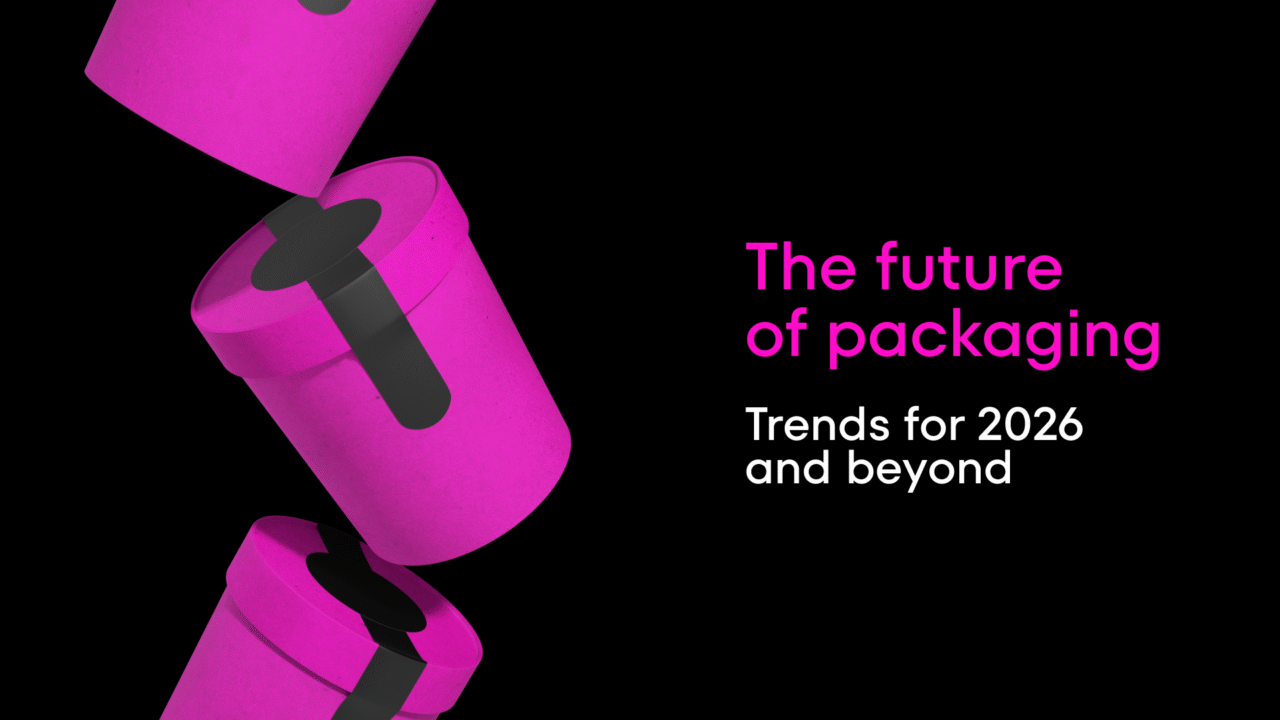Today, packaging is one of the main carriers of brand identity and a crucial factor in purchase decisions.
According to research by Ipsos (an international marketing research company), 63% of consumers repurchased a product because of its packaging design, and 52% are willing to pay more for products if they like the packaging — as indicated by a study from the WestRock agency.
Modern consumers choose not only the product but also the philosophy behind it. They pay attention to how a brand cares about the environment, how transparently it communicates, and what emotional impression it leaves.
In the United States, over 40% of respondents are willing to pay more if the packaging is environmentally friendly.
That’s why packaging design today is a synthesis of marketing, creativity, technology, and social responsibility. In the coming years, we’ll see major changes that will shape a “new language” of packaging. Let’s explore the key trends that will define the future of the industry in 2026 and beyond.
1. Sustainability as a standard, not a trend
Materials of the Future.
Manufacturers are actively adopting biodegradable films, compostable polymers, and mono-materials that are easier to recycle. Traditional plastic is being replaced by mushrooms, seaweed, and even agricultural waste — all used to create alternative packaging solutions.
Notpla
One example is Notpla, a pioneering company in the development of biodegradable packaging materials made from seaweed and plants, offering an eco-friendly alternative to single-use plastic. In 2023, the Dutch government officially recognized Notpla’s patented material as the first and only one that meets the strict standards of the EU Single-Use Plastics Directive and is truly plastic-free.
Notpla’s products fully biodegrade within just 4–6 weeks, making the company a reliable supplier of sustainable packaging.
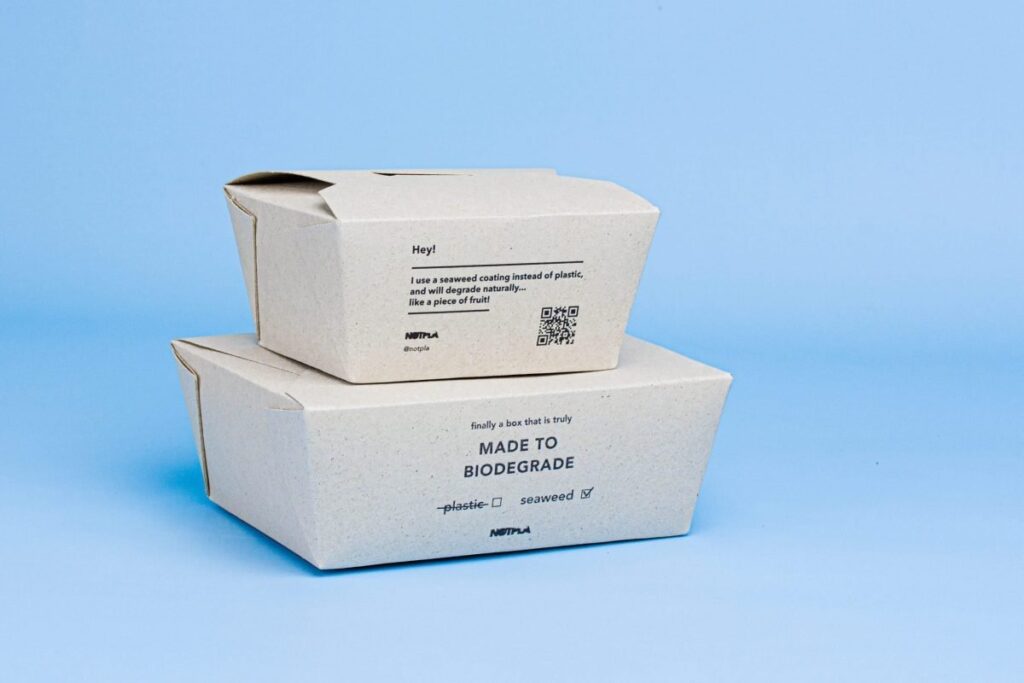
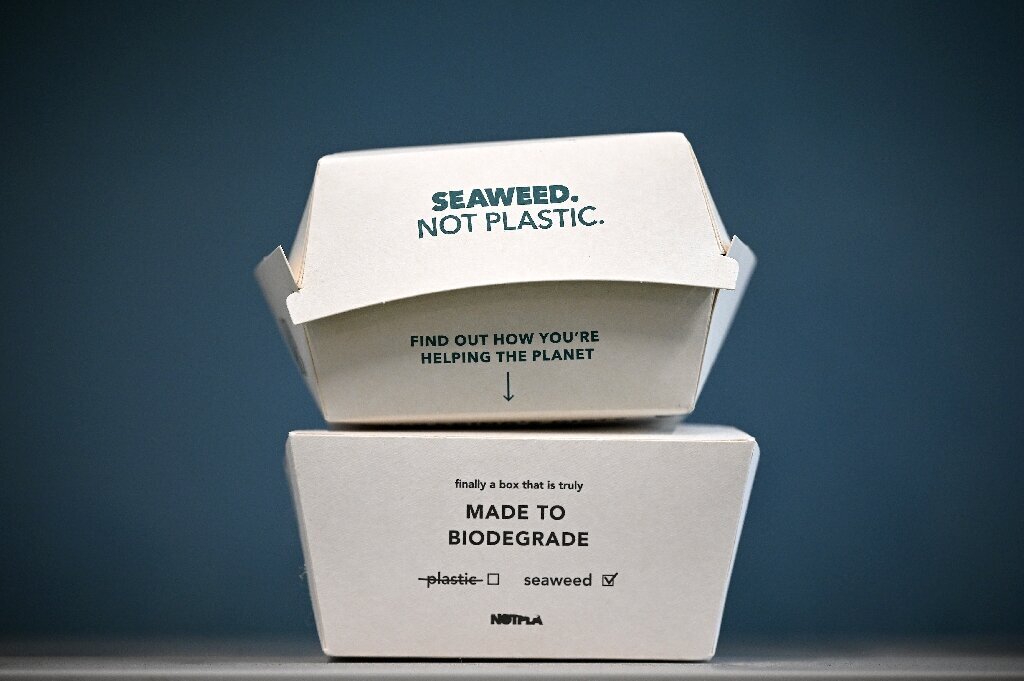
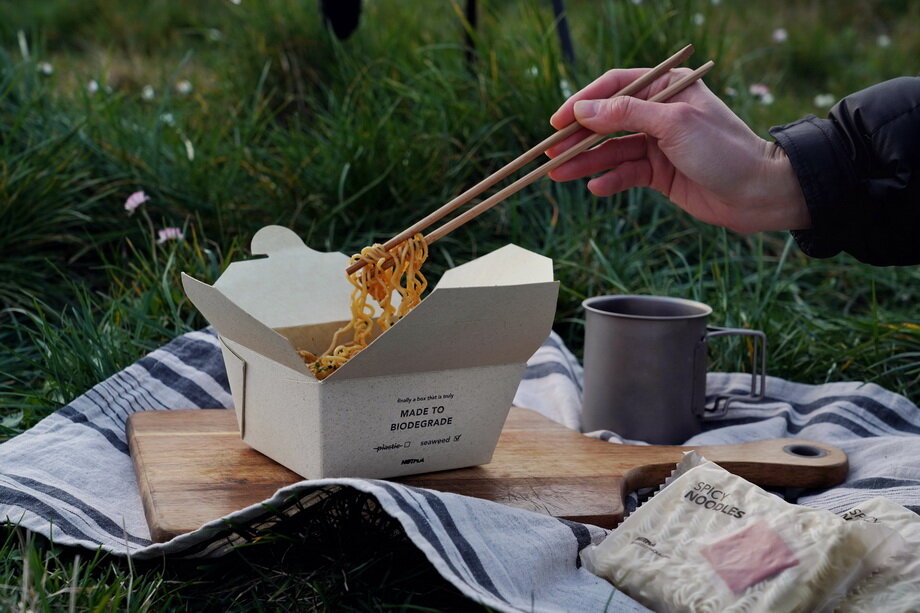
2. The Digitalization of Packaging
Technology is transforming packaging from a static object into a media platform.
QR codes featuring brand stories, product recommendations, and recipes are no longer a novelty — brands are actively embracing augmented reality. This opens up a powerful opportunity not only to communicate company values but also to engage consumers in a deeper interaction with the product. This trend is gaining momentum and is being adopted by more and more manufacturers.
PepsiCo case study
In one of Pepsi’s advertising campaigns, a limited edition of products was released featuring QR codes that gave consumers access to Apple Music for the summer season, along with prizes such as tickets to Apple Music Live events, Beats By Dre headphones, and exclusive Pepsi merchandise.
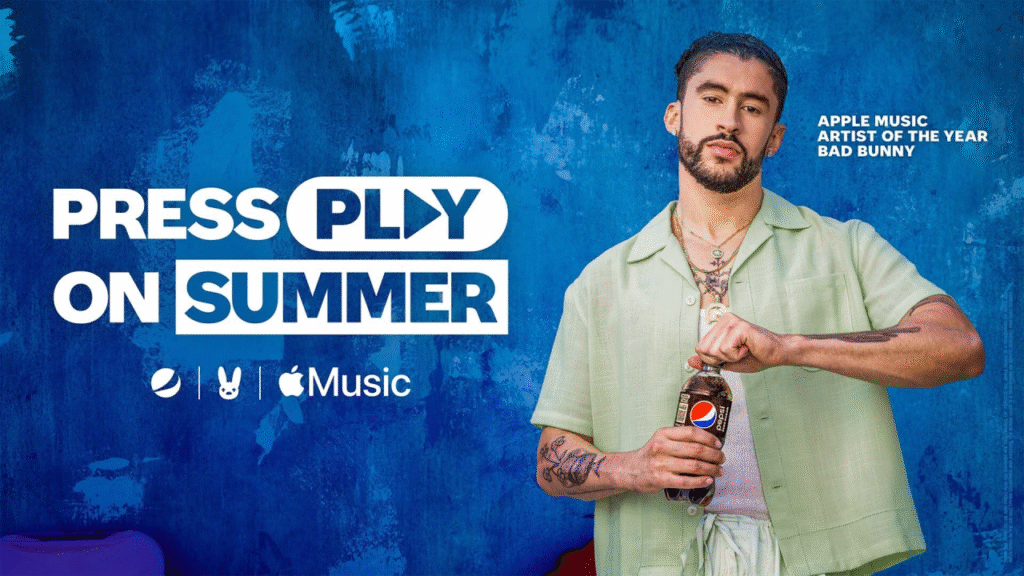
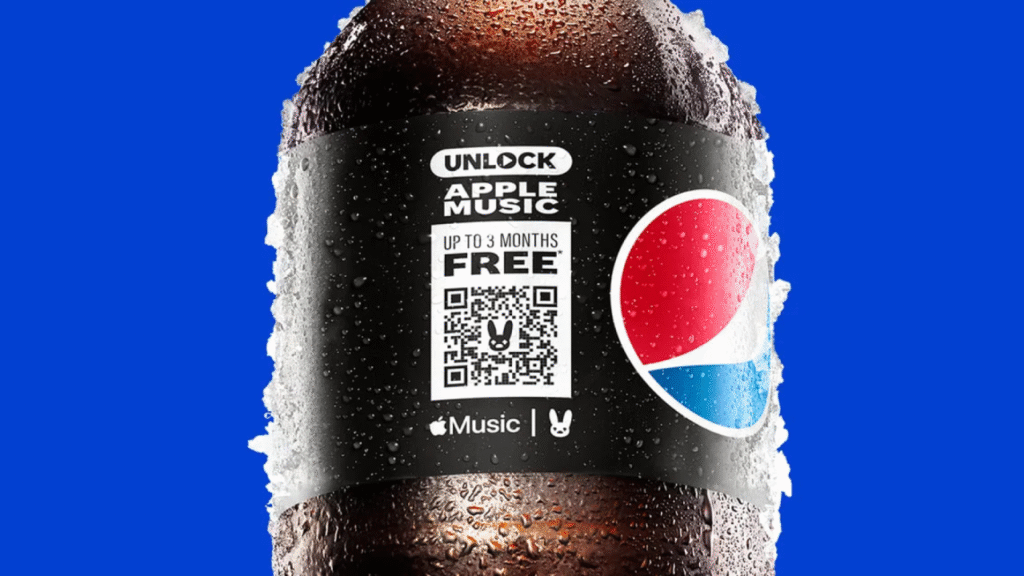
According to Todd Kaplan, Chief Marketing Officer at PepsiCo, Pepsi uses QR codes to drive traffic to brand websites during the summer season, as people tend to buy more refreshing beverages at that time than any other period of the year.
“We look at everything we do through the lens of cost-effectiveness and consumer convenience, and ultimately, the simplest way to connect our physical product to a digital interface is through a QR code,” Kaplan said, commenting on the brand’s decision to allocate more of its marketing budget toward QR code technology.
3. Minimalism with a focus on meaning
Due to information overload, many brands have begun shifting toward simplicity and clarity. The trend now favors clean design, a sense of trust through aesthetics, and functional details that make packaging “speak” through tactile sensations.
Aesop
Aesop is a premium Australian skincare brand founded in Melbourne in 1987. The company produces skin, hair, and body care products by combining botanical ingredients with scientifically developed formulations. Aesop’s signature style is recognized for its minimalist packaging design, distinctive boutique interiors around the world, and its emphasis on the scientific foundation of its formulas.
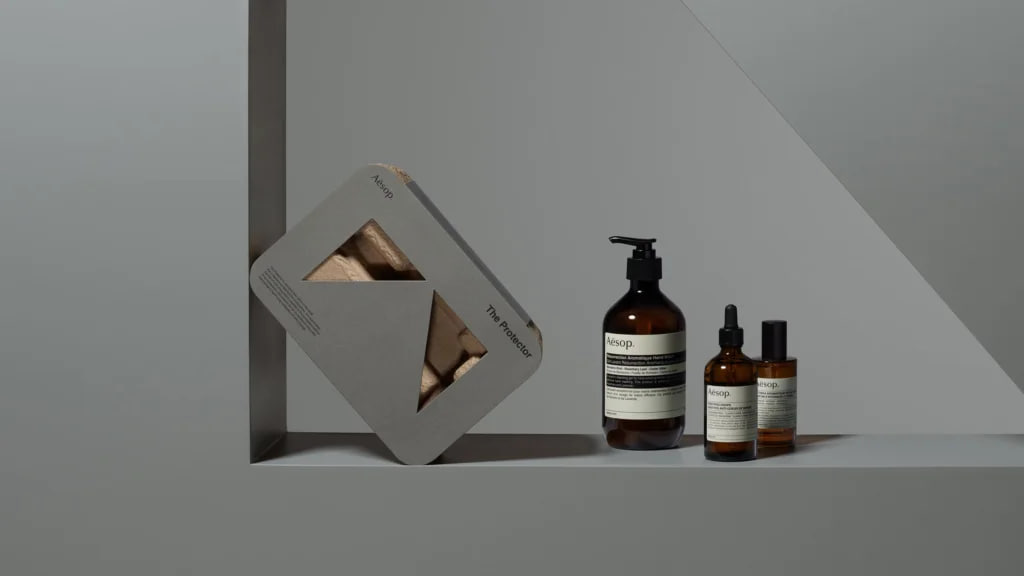
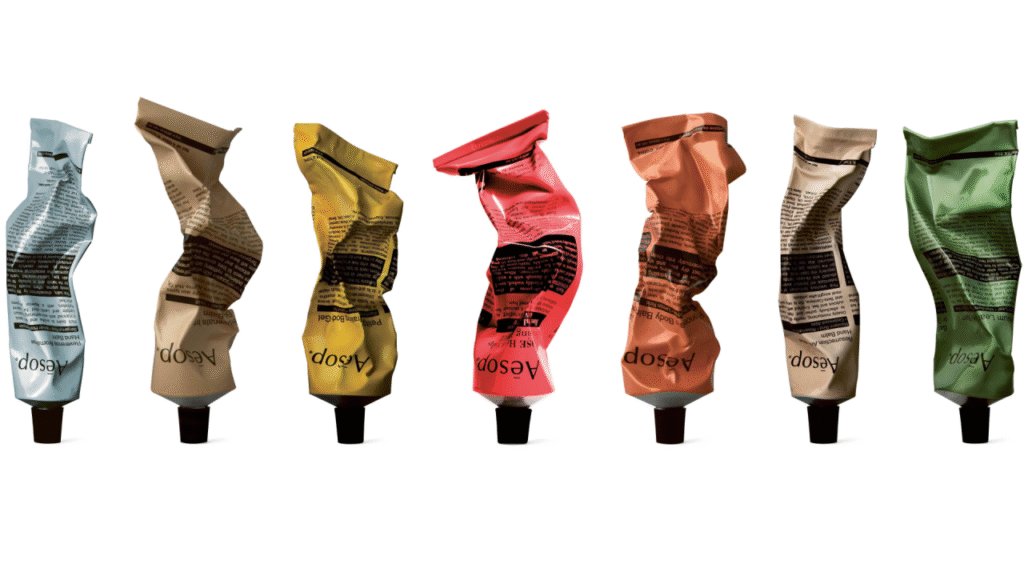
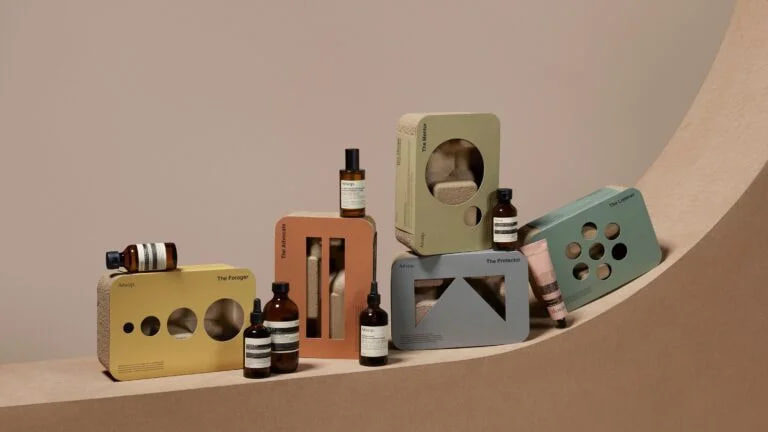
4. Emotional personalization
People are tired of being treated as anonymous “average consumers.” They want products to speak directly to them.
Mass customization
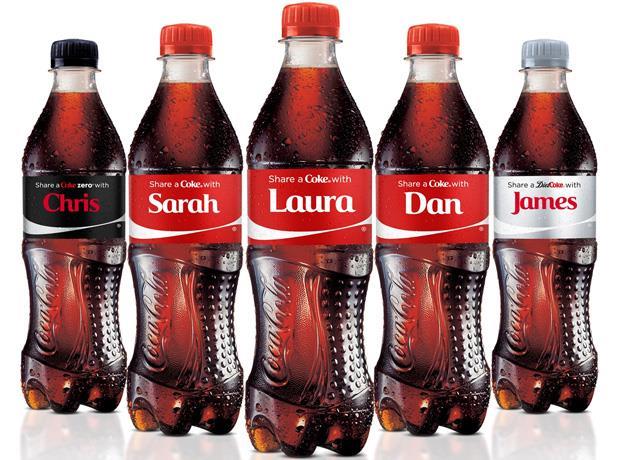
Modern printing technologies make it possible to produce millions of unique packages. The most famous example is “Share a Coke,” where each bottle featured a different name. It’s hard to find someone who didn’t give in to the temptation of buying a bottle with their own name on it.
- Limited editions. Collectible designs create added value and encourage faster purchasing decisions. This approach is especially effective in the beauty industry and FMCG (Fast-Moving Consumer Goods).
- Cultural context. Packaging can be adapted to local audiences — from national holidays to trending memes. This creates emotional resonance and a sense of closeness.
Starbucks (Día de los Muertos in Mexico)
In Mexico, Starbucks released cups and packaging featuring skulls in the “calaveras” style — traditional illustrations for the Day of the Dead.
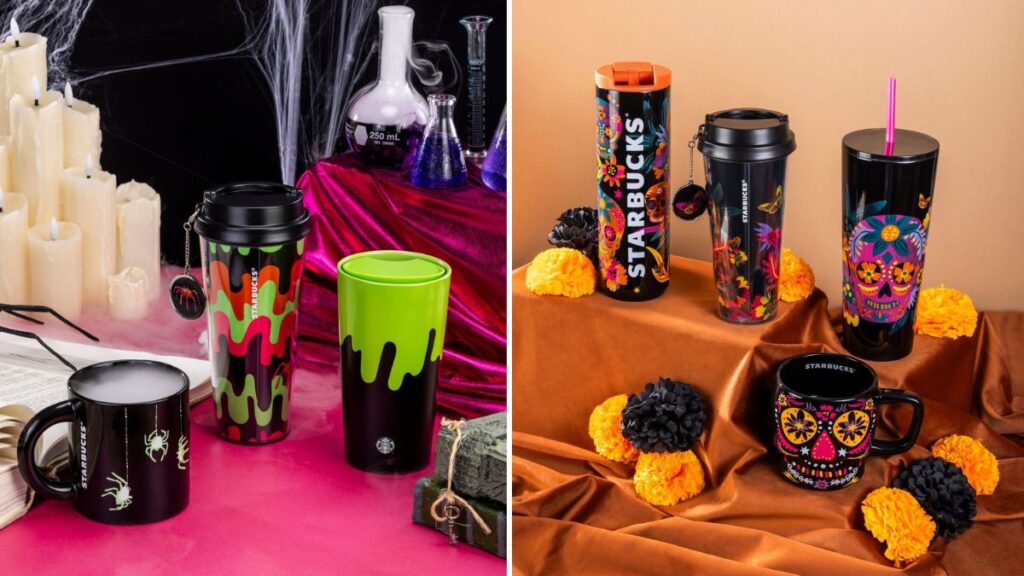
Absolut Vodka (Absolut Cities Series)
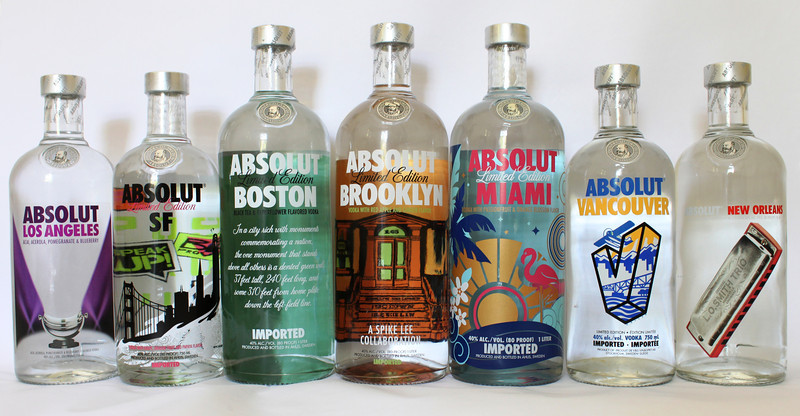
The Swedish brand released limited-edition series in which each bottle was designed in the style of a specific city.
5. Biophilia and nature-inspired design
It’s no secret that many brands today are inspired by nature and actively showcase this in their communication with consumers.
- Organic forms. Rounded contours and uneven lines that mimic the shapes of natural objects are becoming more common.
- Natural materials. Paper with plant inclusions, untreated cardboard, and paints made from natural pigments are gaining popularity.
Seed Phytonutrients
Seed Phytonutrients is a family-owned natural cosmetics brand founded in 2018 by Shane Wolf, a L’Oréal executive and farmer by passion. The company emphasizes sustainability and eco-consciousness, blending beauty with agriculture. Its product line includes hair, skin, and body care items made with minimal environmental impact. The bottle design resembles tree trunks, and the packaging contains actual seeds.
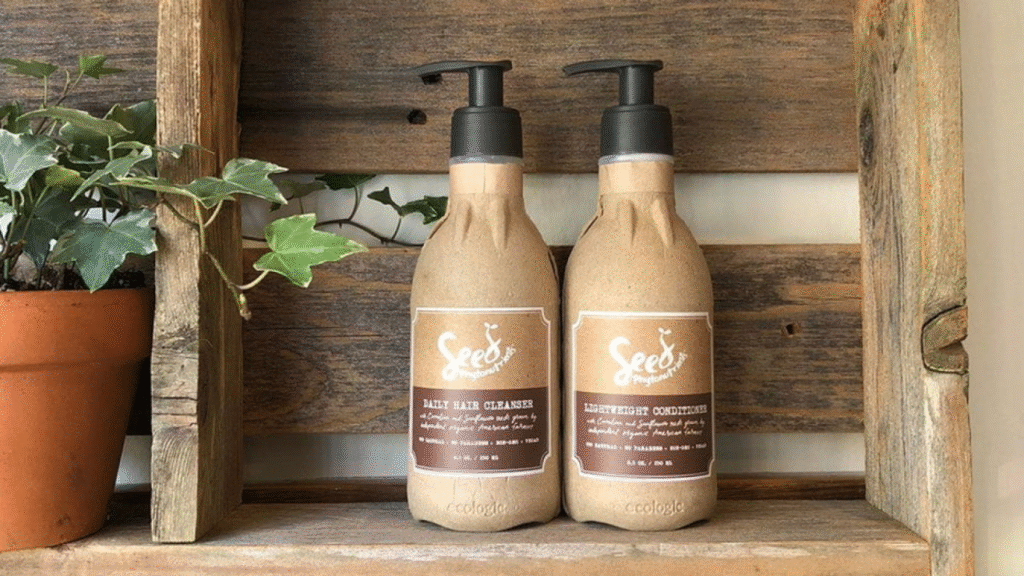
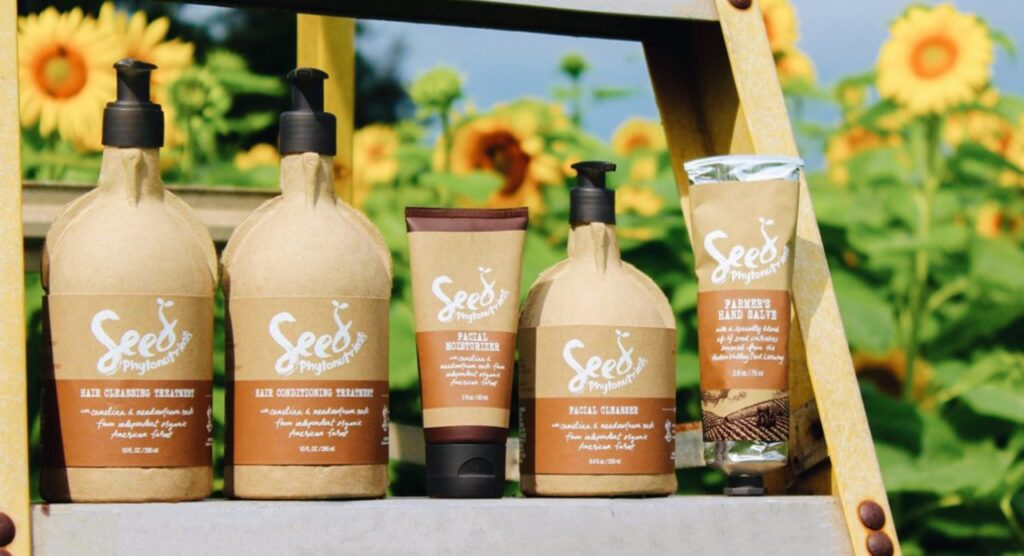
6. Packaging as an experience
In the future, packaging will no longer be just “a box around the product.” It will become a full-fledged element of the customer experience.
Multi-layered Unboxing
Every action during the unpacking process becomes part of a narrative — from the first touch to the final “wow” moment. This is especially relevant in e-commerce, where the unboxing experience replaces the offline ritual of purchasing.
Thelma’s Cookies (USA)
The box is designed to look like an oven. To get the cookies, you have to “open the oven door.” This creates the impression for the customer that the cookies have just been freshly baked.
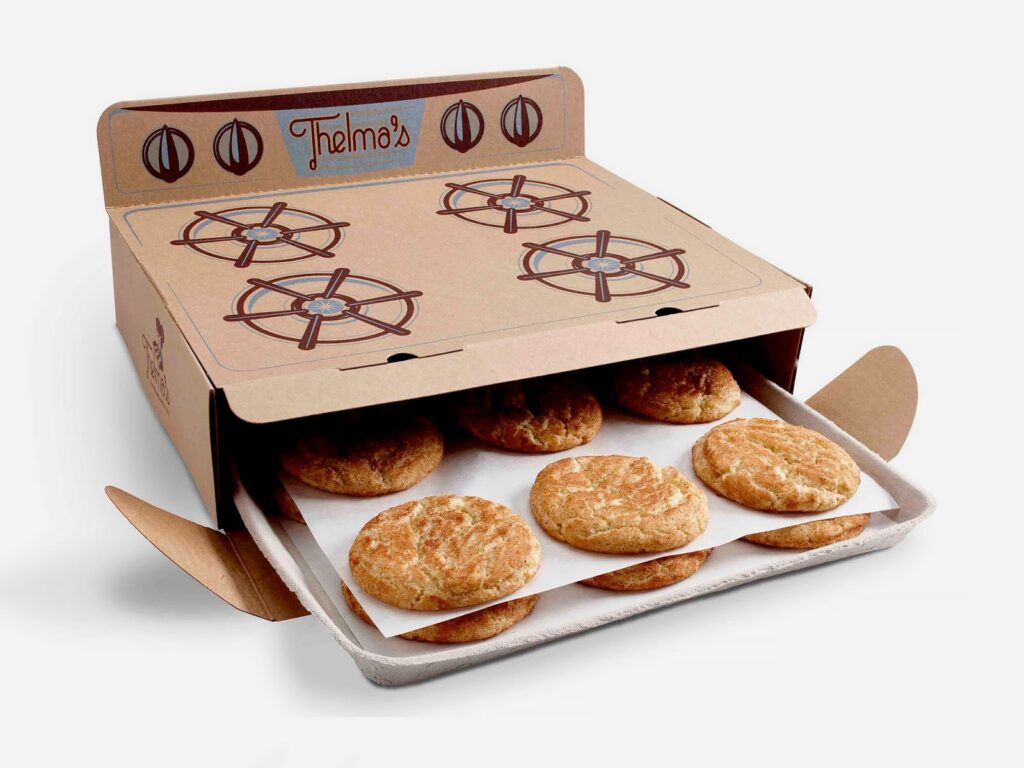
Gamification
Hidden messages, puzzles, and augmented reality elements turn the interaction with packaging into a playful experience.
Doritos – Guardians of the Galaxy Edition (USA)
A limited-edition package designed to look like a cassette player. To access the chips, you had to open the player in a special way.
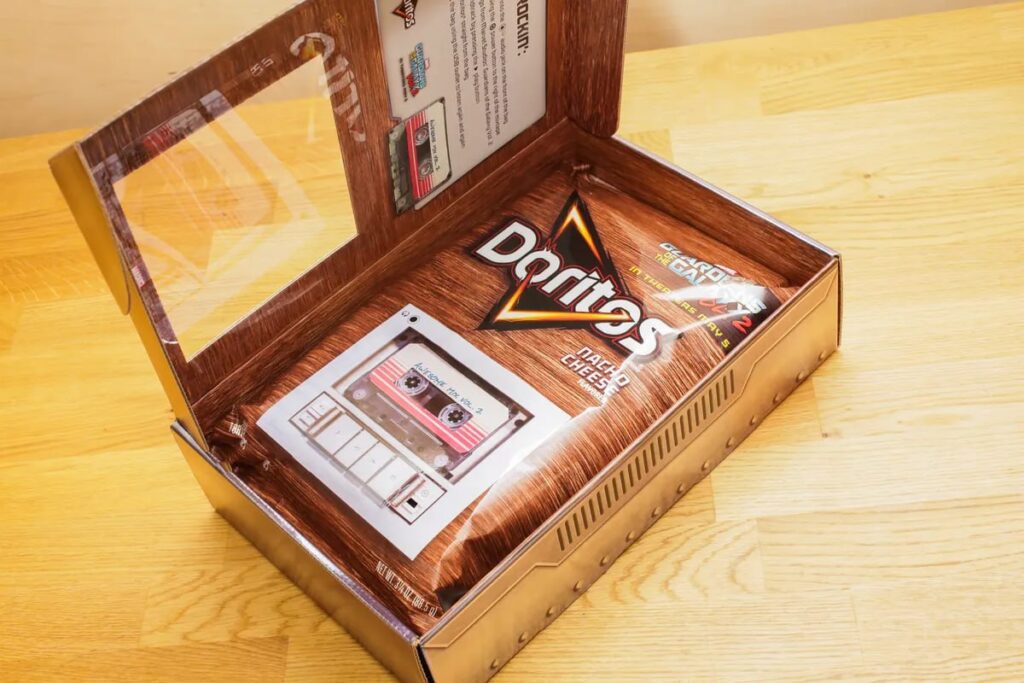
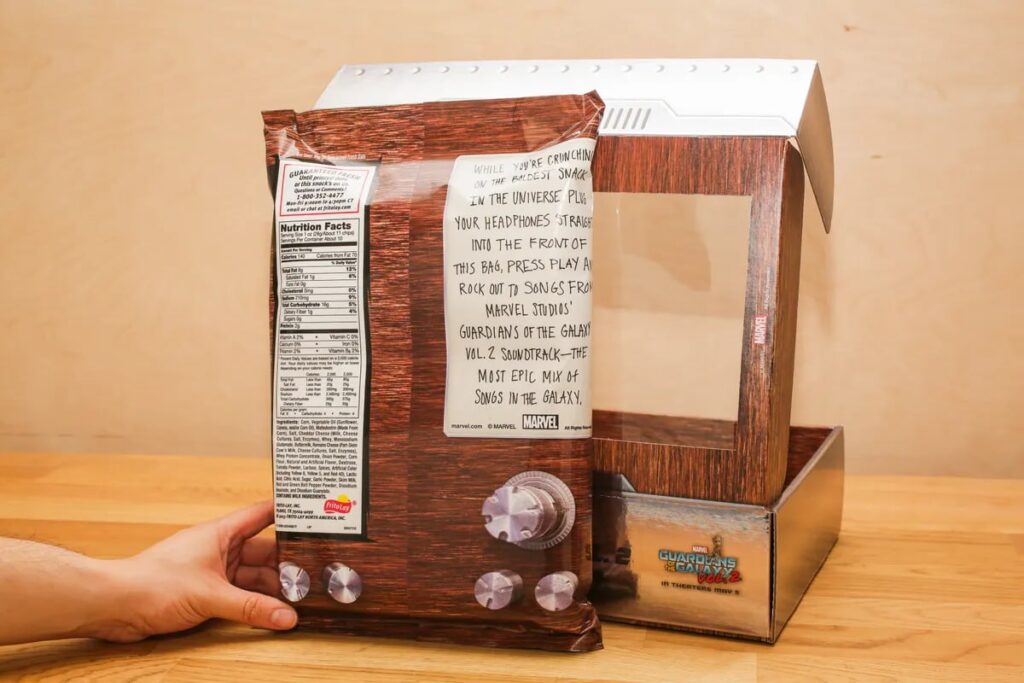
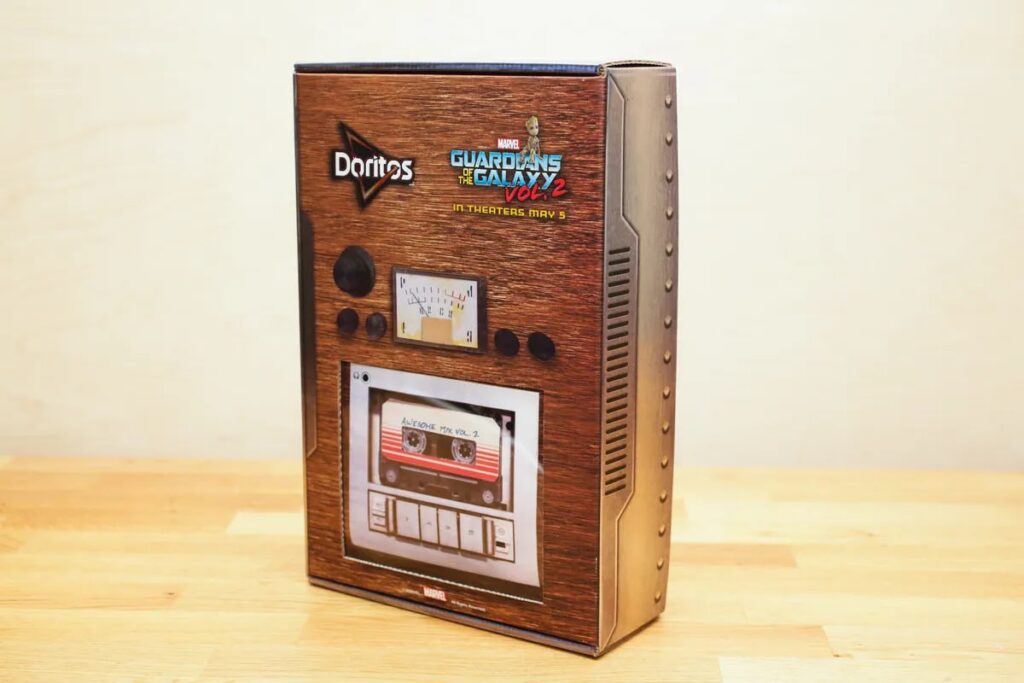
7. Transparency and Honesty
Today’s consumers no longer just expect transparency from brands — they demand it. Packaging becomes a direct tool for this dialogue.
- Transparent windows. The ability to see the product inside builds trust.
- Open information. Clear data about ingredients, origin, and environmental impact.
- Authentic Tone. Packaging increasingly speaks to consumers in a human, relatable way — without corporate jargon or marketing clichés.
A standout example of openness and honesty is the Swedish oat milk producer Oatly, which boldly uses packaging as a marketing tool, often poking fun at industry peers who exaggerate their product descriptions.
Text on the packaging:
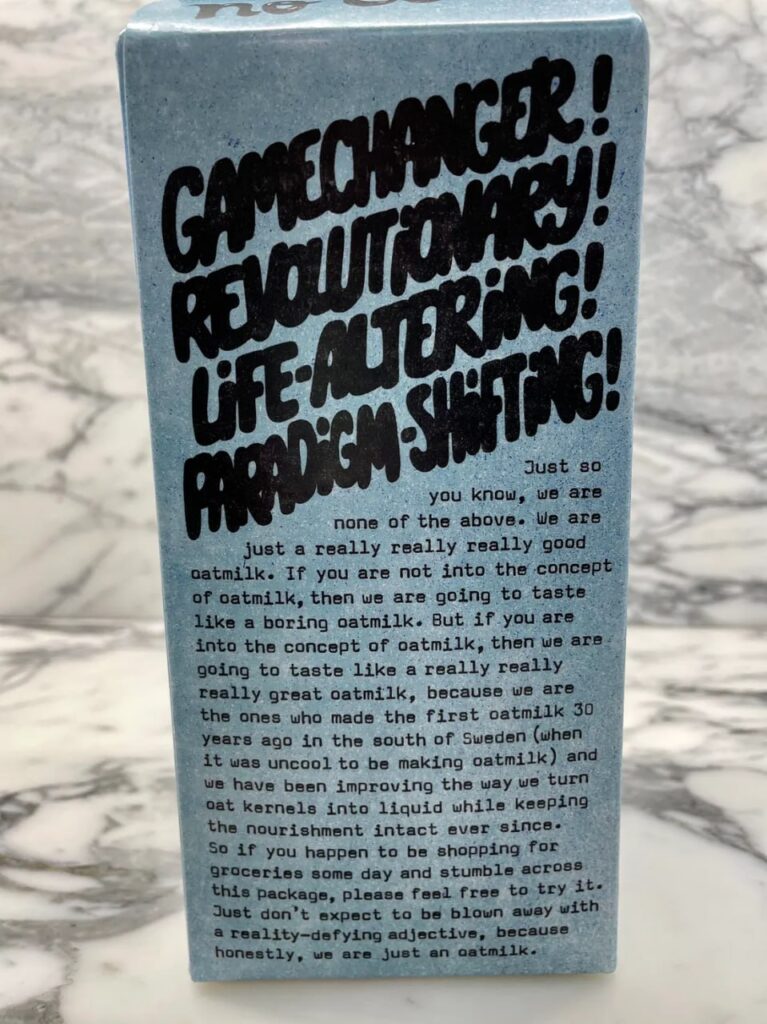
Just so you know, we’re not about all that stuff. We’re just a very, very, very good oat drink. If you don’t like the idea of oat milk, then we’ll just be a boring oat drink to you. But if you do like the idea of oat milk, then we’ll taste like a really good oat drink. Because we were the ones who made the first oat drink 30 years ago in southern Sweden (back then it was considered a weird thing to do), and since then we’ve been perfecting the process of turning oats into liquid while keeping all the nutrients. So if you happen to come across this packaging in a store, go ahead and give it a try. And don’t expect your mind to be blown by adjectives that defy reality, because honestly, we’re just an oat drink.
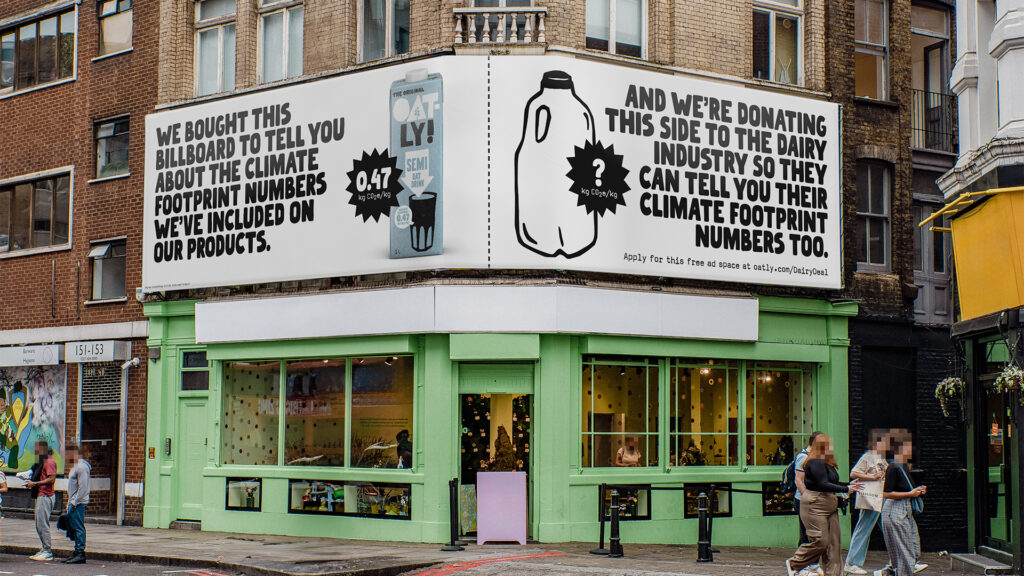
8. Sensory engagement and multi-format design
The packaging of the future will engage not only sight but other senses as well.
- Tactility. Embossed textures, unusual coatings, and soft or rough surfaces enhance the tactile experience.
- Sound and scent. Some brands are experimenting with packaging that makes a sound when opened or includes encapsulated fragrances.
- Multi-format adaptability. A single design can be adapted for offline retail, e-commerce, and virtual environments.
L’Occitane
Incorporates Braille elements on its product packaging, ensuring accessibility for people with visual impairments. This not only improves the user experience but also highlights the brand’s commitment to social responsibility.
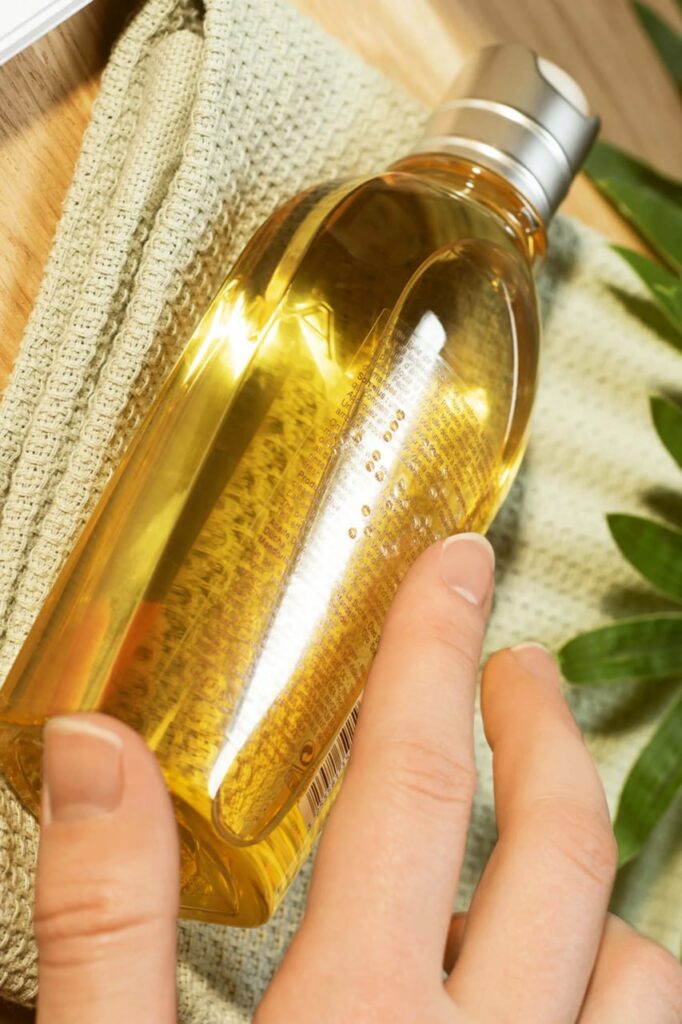
9. Merging offline and online
By 2026, packaging will become a “bridge” between the physical and digital worlds.
- Instagrammable design. Brands will continue to rely on Instagram-friendly formats, designing packaging that people want to photograph and share on social media.
- Social engagement. Major brands are already using packaging as a tool to influence social processes. Through QR codes, they’re launching challenges and fundraising campaigns — and this trend is only gaining momentum.
Conclusion
Ultimately, the packaging of the future is not just cardboard, plastic, or biodegradable material. It’s storytelling — stories about where the product comes from, what values the brand stands for, and what emotions it can evoke in the consumer.
In the near future, we’ll witness a fusion of technology, sustainability, and emotional communication. The winning brands will be those that can turn packaging into a smart, eco-friendly, honest, and truly inspiring tool for engaging with their audience — one that leaves no one indifferent.


